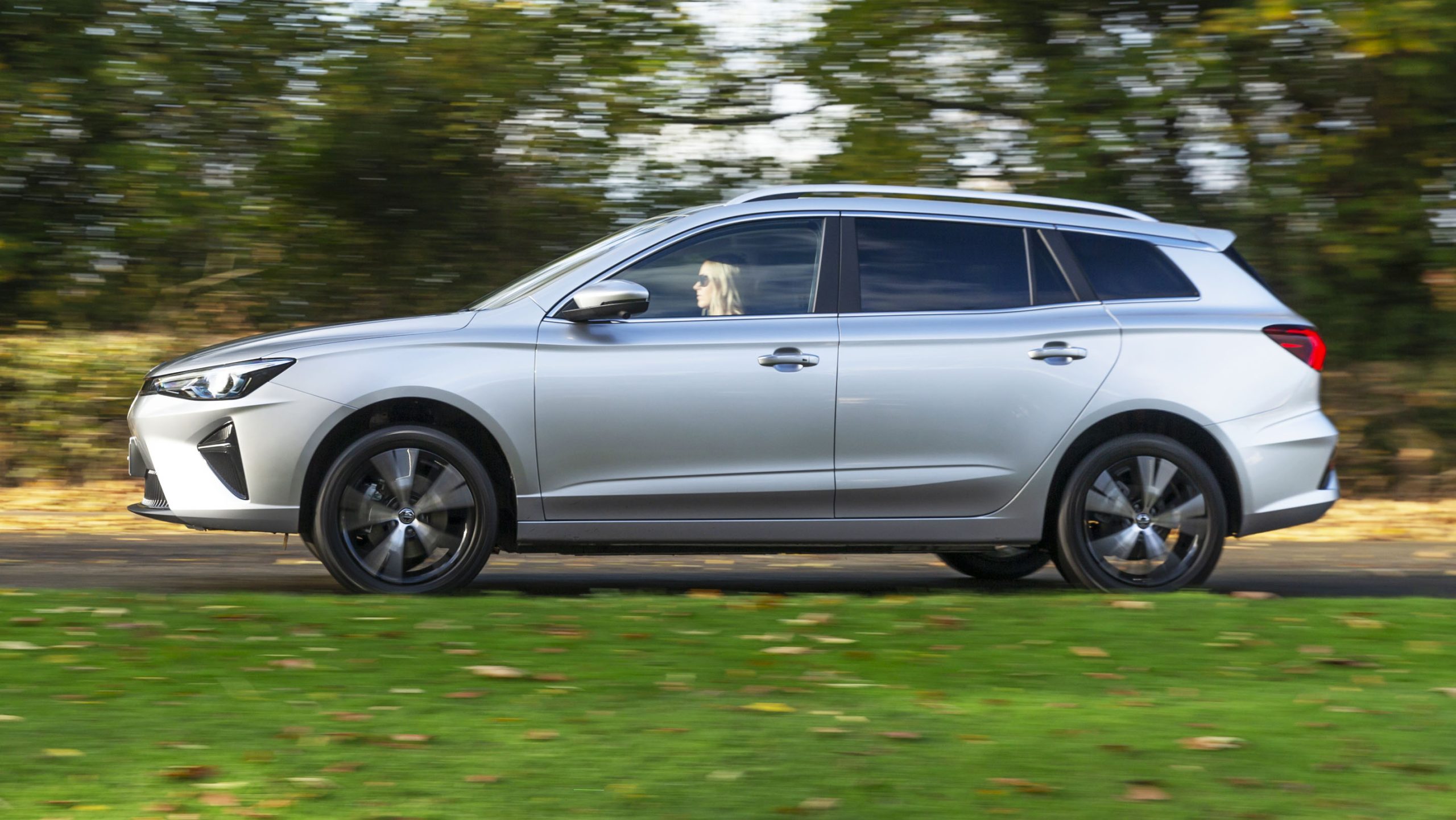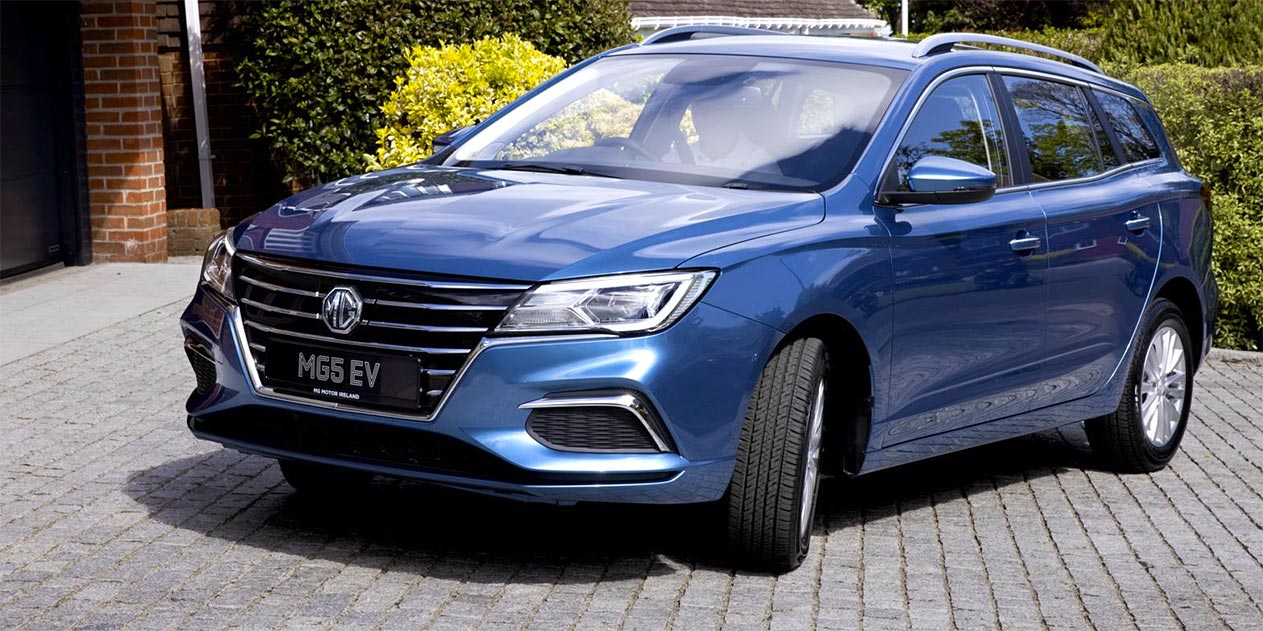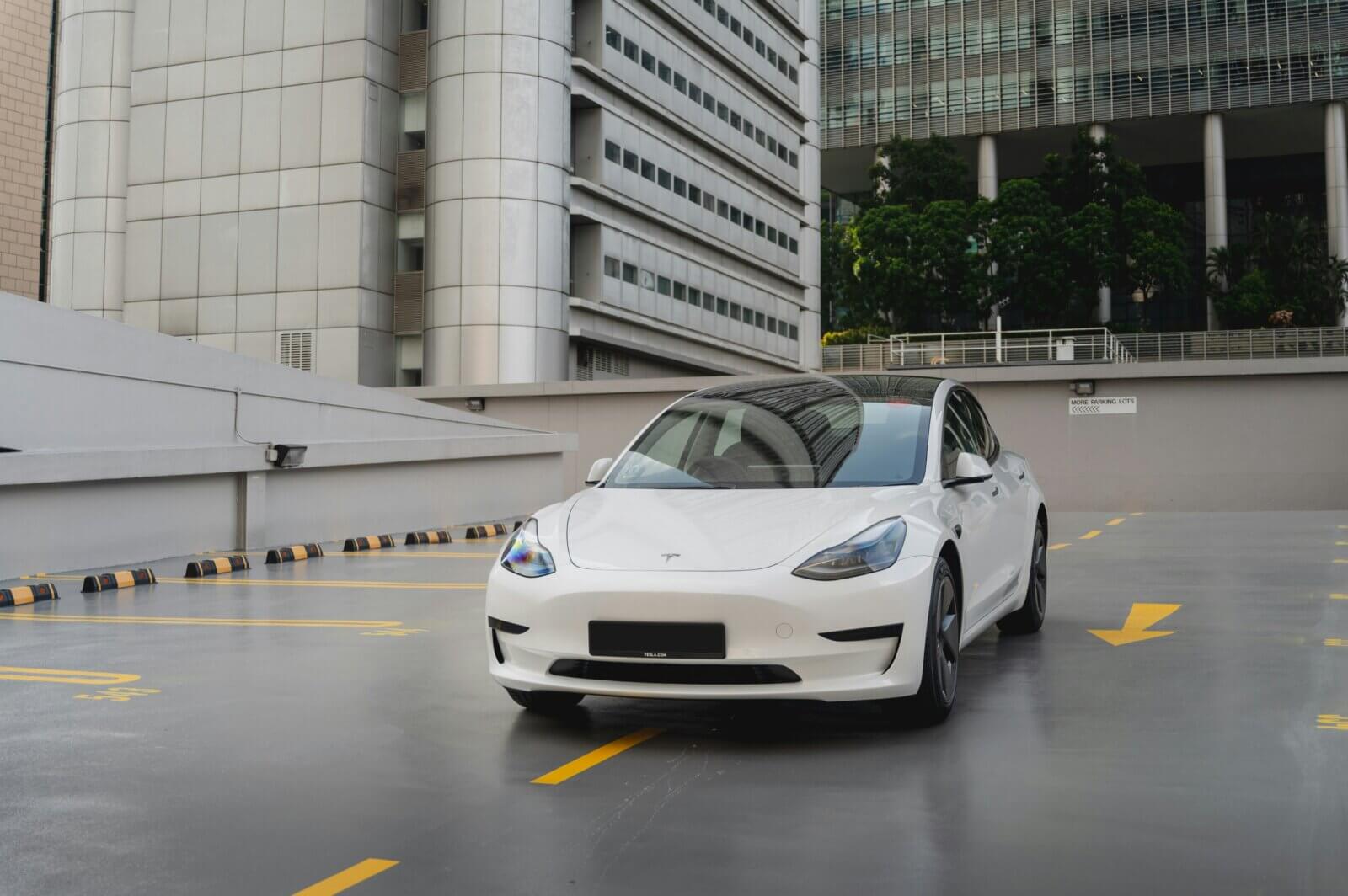
How to make the Tesla Model 3 suspension softer: practical solutions for road comfort
The Tesla Model 3 is a modern electric vehicle that attracts attention not only for its environmental friendliness but also for its high performance and stylish design. However, some owners note that the car's suspension feels rather stiff, which can reduce driving comfort, especially on uneven roads. If you want to make your Tesla Model 3 ride softer, there are a few simple [...]
Content:
The Tesla Model 3 is a modern electric vehicle that attracts attention not only for its environmental friendliness but also for its high performance and stylish design. However, some owners note that the car's suspension feels rather stiff, which can reduce driving comfort, especially on uneven roads. If you want to make your Tesla Model 3 ride softer, there are several simple and effective ways to improve your comfort on the road. Let's take a look at them in this article.
1. Why does Tesla Model 3 have a stiff suspension?
The rigid suspension in the Tesla Model 3 is not just a technical choice, but an important design feature that plays a role in the car's performance and agility. Its stiffness ensures optimum stability and high handling, especially at high speeds, so the driver has more control in different road situations. This suspension allows the car to remain stable even during sharp manoeuvres, which is important for safe sporty driving.
As the Tesla Model 3 is an electric vehicle with a low centre of gravity due to the battery being positioned at the bottom of the body, the stiff suspension helps to maintain stability in corners. This is particularly useful when manoeuvring at high speeds, as the reduced body lean during cornering ensures better tyre contact with the road. Rigid suspension also contributes to improved traction as it minimises body roll, which is important for an electric vehicle with powerful motors that can reach speeds quickly.
Tesla chose a rigid suspension for the Model 3 as a balanced solution between sporty performance and handling. This is especially attractive to drivers who value dynamics, stability and the ability to use the car for high-speed driving. However, this design can create a feeling of harshness on uneven roads, and for those who prefer comfort, this can be a disadvantage. However, for these drivers, there are various methods available to soften the suspension to make the ride more comfortable without sacrificing safety and agility.
Suspension modifications: what you need to know before replacing
Replacing your Tesla Model 3 suspension with a more comfortable one can improve your driving experience, but there are a few important things to consider before making the modifications. Here are the main points you need to pay attention to so that the choice of third-party components is as effective and safe as possible.
Safety requirements and component compliance
First of all, you should make sure that the shock absorbers, springs or other suspension components you choose meet the safety standards for the Tesla Model 3. Not all third-party parts have sufficient stiffness or durability to provide optimal grip and stability at high speeds. You should only choose proven components specifically designed for this model so that they work in sync with the rest of the vehicle's systems, ensuring a balance between comfort and safety.
Tesla warranty and installation in a certified centre
Before replacing components, you should find out how third-party modifications may affect your warranty coverage. Tesla typically only warrants original components, so installing a third-party suspension may void the warranty on certain parts or systems. To avoid problems, it is recommended that you contact a certified service centre where specialists can properly install new components, minimising the risk of damage or incorrect adjustment.
Rules for choosing comfortable components
When choosing new shock absorbers or springs to improve comfort, look for models with adjustable stiffness that can be adjusted to suit the conditions on the road. This will allow you to adapt the suspension to different needs: for example, a softer ride in the city or a stiffer suspension for stability on the highway. The choice of stiffening components helps to achieve the optimum balance between comfort and handling.
The need for professional installation
Installing new suspension components requires certain skills and knowledge. Incorrectly adjusting shock absorbers or springs can impair the vehicle's handling and even affect safety while driving. A professional installation at a specialist centre will ensure that the new components are set up correctly, avoiding potential problems with the vehicle's balance and control on the road.
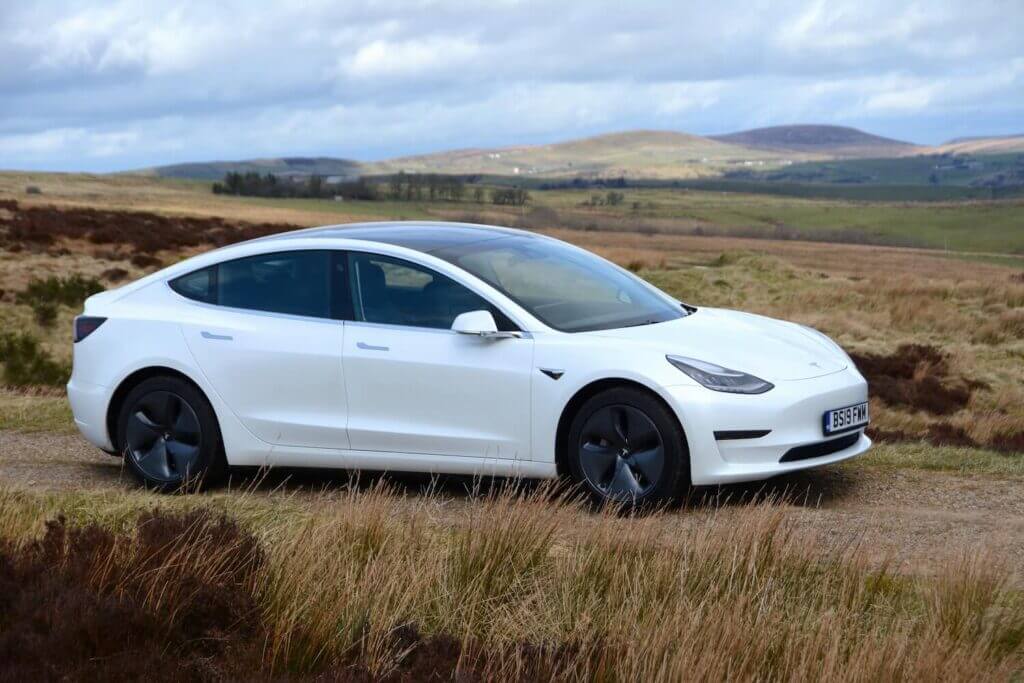
How to make the Tesla Model 3 suspension softer: the main ways
Reduced tyre pressure
One of the most affordable and easiest ways to reduce suspension stiffness is to lower the tyre pressure. The manufacturer's recommended pressure for the Tesla Model 3 is 42 PSI, but lowering it to 39 PSI allows the car to overcome bumps in the road more smoothly. Here are some tips on how to approach this issue:
- Check the current pressure: Before lowering the pressure, make sure you know the exact values for each tyre. Use a digital pressure gauge to get an accurate reading.
- Gradual reduction: Do not reduce the pressure by more than 3-4 PSI at a time to avoid vehicle handling problems.
- Regular monitoring: Low tyre pressure can affect tyre wear, so it is important to check the condition of the tyres regularly and avoid excessive under-inflation.
Reducing the pressure has its advantages - it makes the ride much smoother, but it can slightly reduce the vehicle's range and also affect the car's behaviour on the road. Therefore, this method is suitable for those who want quick results without large investments.
Eliminating noise in the cabin
Often, the stiffness of the suspension seems more noticeable due to excessive cabin noise. Eliminating the sources of squeaks and extraneous sounds can have a significant impact on overall comfort. Here's what you can do:
- Treatment of frameless windows: Tesla Model 3 frameless windows can sometimes make unnecessary noise due to the glass rubbing against the seals. Apply a silicone sealant to the joints to reduce squeaks.
- Anti-squeak in the rear seats: Add an additional sealant under the rear seats to minimise noise and improve comfort.
- Installation of soundproofing materials: Installing additional soundproofing panels in the doors and boot will reduce noise levels in the cabin, which will have a positive effect on the driving experience.
Checking the condition of tyres and wheels
Unbalanced wheels or worn tyres can cause vibrations that can be felt in the cabin as suspension harshness. Make sure that the tyres are level and have sufficient elasticity. Aligning the wheels also helps to avoid excessive harshness that occurs when driving over bumps.
- Wheel balancing: Check that all wheels are well balanced. This helps to avoid vibrations that could be transmitted to the cabin.
- Tyre condition: Replacing old tyres with newer ones with softer rubber can significantly improve comfort. The elasticity of new tyres absorbs bumps in the road better.
- Align the discs: Check that the discs are free of deformation. Damaged discs can make the ride feel harsh.
Switching to 18-inch wheels
The Tesla Model 3 is often equipped with large 19- or 20-inch wheels, which makes the ride more rigid. Reducing the wheel size to 18 inches is another effective way to improve comfort, as the larger tyre profile helps to absorb bumps better. Here are the main points to consider:
- More rubber between the wheel and the road: The 18-inch wheels provide a larger profile, enabling them to adapt better to bumps in the road.
- Increased range: Smaller wheels also reduce drag, which can further increase the range of an electric vehicle.
However, it is important to note that reducing the wheel size can affect the sporty handling of the car. Smaller wheels with a higher tyre profile increase comfort by absorbing bumps better, but can reduce the rigidity and precision of the steering provided by larger wheels. With larger wheels, the car is more stable in high-speed manoeuvres and more predictable in corners, which is important for sporty driving. The choice between comfort and sporty handling depends on your preferences and driving conditions: if you drive frequently in the city or on uneven roads, smaller wheels may be more comfortable, while for highway speeds it is better to leave the larger diameter wheels for maximum handling.
Installation of comfort dampers and springs
To significantly improve the ride comfort of your Tesla Model 3, consider replacing the factory shocks and springs with softer aftermarket options. Comfort dampers can significantly improve the ride by allowing you to adapt the suspension to the type of road you drive on most often. They often offer variable stiffness, allowing the driver to adjust the car for daily city driving and long journeys on the highway.
Advantages:
- Flexible settings: Adjustable dampers allow the vehicle to be optimised for specific conditions, increasing both comfort and control.
- Improved stability: Tighter suspension settings on the track provide better handling at high speeds.
- Smooth ride: Thanks to the softer suspension, you'll avoid harsh bumps in urban environments, making for a much more comfortable ride.
Disadvantages:
- High cost: Adjustable shock absorbers are usually more expensive than standard ones.
- The need for professional installation: The installation of these shock absorbers requires the assistance of specialists at a service centre, which can add additional costs.
Test drive on the track
In order to fully appreciate the benefits of the Tesla Model 3's rigid suspension, it is useful to take the car for a test drive on a track. On the track, you can better understand how the stiff suspension affects the car's behaviour during high-speed manoeuvres, where it provides stability and control. It also allows you to evaluate how the car reacts to fast cornering and sudden acceleration, which helps you understand its importance for handling and grip.
After a few runs on the track, the suspension stiffness may become less noticeable in everyday driving. A test drive allows you to compare the experience of sporty driving with normal city driving, which can change your perception of stiffness as a disadvantage. Drivers are beginning to realise that a stiff suspension not only adds control, but also improves overall safety at high speeds.
Smooth driving style
If you feel the suspension stiffness in your daily driving, try changing your driving style to focus on smooth manoeuvres. Avoiding sudden acceleration and braking helps to reduce the stress on the suspension, reducing the overall level of harshness on uneven road surfaces. A smooth driving style also improves passenger comfort by reducing the impact of bumps and bruises.
Smooth driving also improves vehicle stability and can have a positive impact on energy consumption. Regularly monitoring even acceleration and deceleration reduces the need for the suspension to adapt to rapid changes, preserving its life and improving the ride feel.
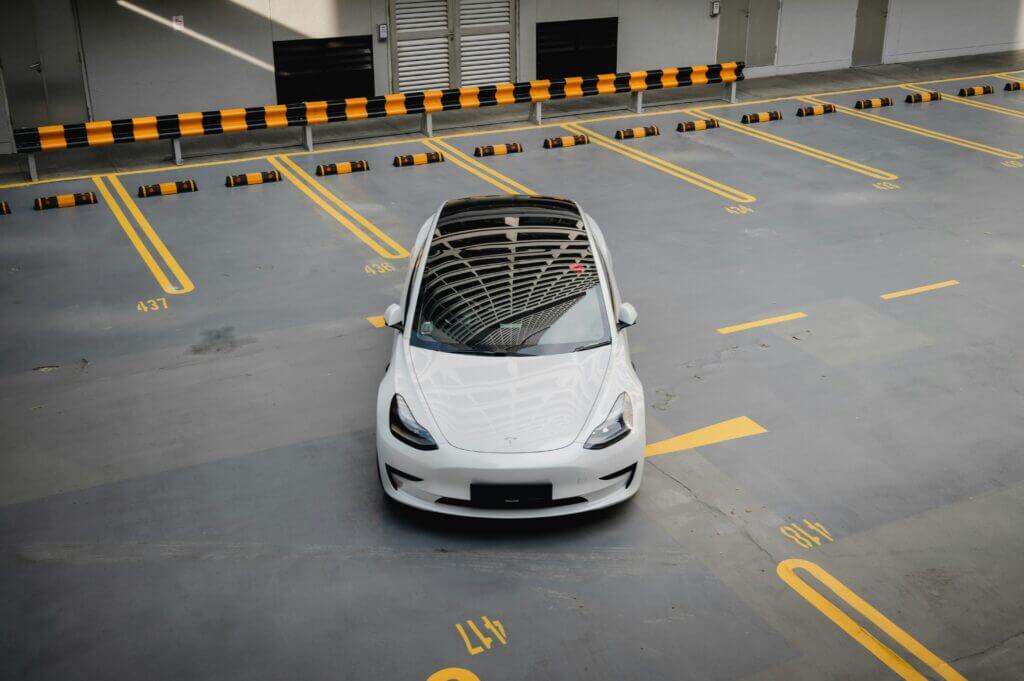
How to maintain comfort on a long-term basis?
In order to keep your Tesla Model 3 comfortable on a long-term basis, it is important to pay attention to regular maintenance of the components that affect the smoothness of the ride. Firstly, regular maintenance is key: periodic checks of the shock absorbers, springs, tyres and wheels help to detect possible wear and tear in time. Over time, these components can lose their properties, which can reduce ride comfort, especially on uneven roads. By identifying and replacing worn parts at an early stage, you can avoid a significant deterioration in ride smoothness and maintain comfort for a long time.
It is also important to take into account seasonal changes in tyre pressure. For example, tyres can lose pressure more quickly during the cold season, which affects handling and comfort. Adjusting the pressure to suit the weather conditions helps to maintain optimum suspension stiffness and provides better damping over bumps. This setting is an easy and affordable way to keep the suspension soft while adapting to changes in the environment.
In addition, noise insulation plays an important role in driving comfort. Over time, noise insulation materials can wear out or lose their effectiveness, resulting in extraneous noise in the cabin. Regular inspection of the soundproofing materials will help to identify areas where repair or replacement is required, which will help to maintain quietness and comfort in the cabin even after several years of use.
Conclusion.
Improving the ride comfort of your Tesla Model 3 is an achievable task, especially if you follow the practical tips in this article. Whether you decide to lower the tyre pressure, install different shock absorbers, or switch to smaller wheels, each of these methods will contribute to a softer, more enjoyable ride. Remember, regular servicing and adapting the suspension to your own needs remain key. As a result, you will be able to enjoy every trip while maintaining both the comfort and handling of your Tesla Model 3.
FAQ
1. Why does Tesla Model 3 have a stiff suspension?
Tesla Model 3 is designed with a focus on stability and handling. The rigid suspension helps to maintain the vehicle's stability during high-speed manoeuvres and cornering, which is important for safety and sporty driving. Thanks to its low centre of gravity, an electric vehicle has increased stability, which combines with the rigid suspension to provide better grip. Although this design may seem uncomfortable on bumps, it helps the car to remain predictable on the road.
2. How does lowering the tyre pressure affect comfort?
Reducing the tyre pressure from the standard 42 PSI to 39 PSI can help the suspension to better absorb bumps in the road, making for a softer ride. However, it is important to lower the pressure in moderation to avoid loss of handling. Lowering the pressure can also increase tyre wear and slightly reduce the range, so it should be checked regularly.
3. Will the installation of third-party shock absorbers affect the Tesla warranty?
For example, the installation of third-party shock absorbers or springs may affect warranty coverage. Tesla typically only covers original components under warranty, so modifying the suspension may void warranty coverage for some components or systems. To avoid such problems, we recommend having components installed by certified service centres.
4. What is the best wheel size for comfort in the Model 3?
If comfort is important to you, you can replace the standard 19- or 20-inch wheels with 18-inch wheels. This provides a wider tyre profile that better absorbs bumps and bruises. However, reducing the wheel size can affect steering precision, so for sporty driving, it is best to keep the standard wheels.
5. Is it possible to reduce suspension stiffness with a smooth driving style?
For example, a smooth driving style can have a significant impact on how the suspension feels. By avoiding sudden acceleration and braking, you help the suspension to respond evenly to bumps. This reduces the stress on the suspension and improves ride comfort by reducing the impact of suspension harshness on uneven surfaces.
6. How often should the suspension be checked to maintain comfort?
We recommend that you regularly check the condition of the shock absorbers, springs, tyres and wheels. Maintenance helps to detect wear and tear in good time and prevents a deterioration in ride comfort.



